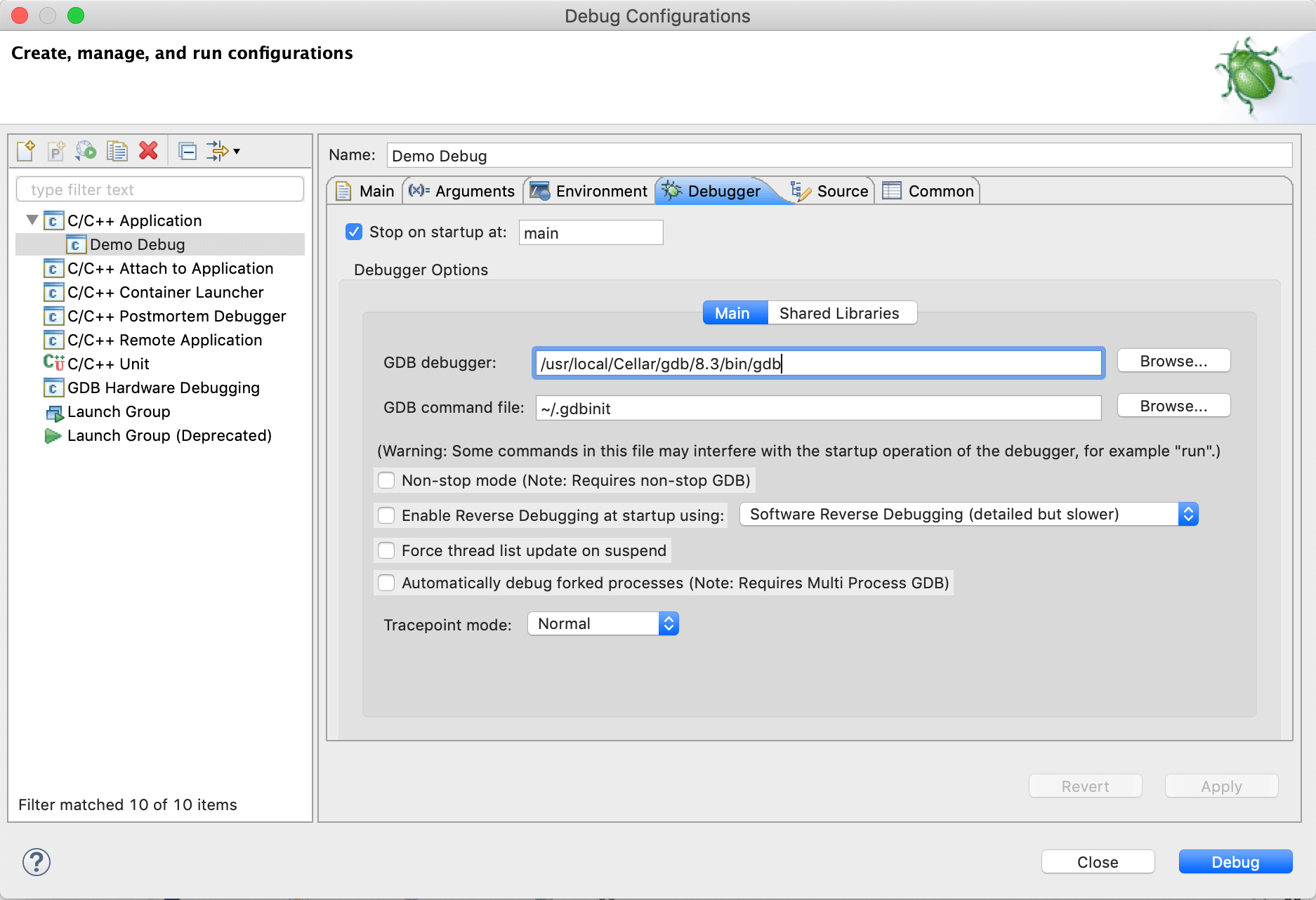


(managed to install GarageBand, didn't test more complex software) This is actually possible in a weird way, and App Store still works. It will automatically finish the rest of the installation. Now reboot your system and hold option key to boot in 1014MBR18A391.Press any key to execute the creation of the installation process and bob's your uncle, fanny's your aunt! It should take you less than 10s to finish it if you were using SSD. Namely, it would upgrade your macOS instead of new installation. In this case, the installation would take place in the partition where your macOS installed. And lastly, drag the partition you have installed macOS into the terminal. After that, drag the new partition (MBR-installer boot disk) you created in step 3. Now drag Mojave installer downloaded from App Store into the Terminal. Open unzipped folder double click 14MBRinstallerMaker, input your password to access root.


This will be used as MBR-installer boot disk later. Open Disk Utility, create a new partition at least 2.5GB.Open the file you download and unzip OSInstaller.MBR.10.14.0.18A391 inside that DMG file.Download the attachment named MBR-Auto-Method14-20181003.dmg from the link above (it requires you to log in, and registration is free).Okay here are the details regarding the link above: Just follow this post, it works for me and I have the same setup just as you (10.12 preparing for upgrading to 10.14). If you care for the latter, like I do, write to Apple that you want that feature. It seems to run 'fine' in terms of functionality, and it seems to run even better thanks to HFSplus.īut the procedure is more than cumbersome. It is unclear what else might break by this method. That means on system updates you need to reboot your APFS mule, update there, then reclone the updated Mojave to your internal work drive (perhaps by inteligently excluding the /Users folder ?). It will launch and update properly when running on APFS. Reboot into Mojave –– and keep the external drive as a mule.Īpp Store app (fromerly Software Update) will currently not work when Mojave is booted from HFSplus. Now clone the external volume to the target. Then you need to reformat your internal main drive that is the real Mojave target as HFSplus. That means you need to install Mojave on a separate volume, which will then be in APFS format. Apple really wants to enforce APFS adoption. The command-line option to skip conversion is gone. The installer will convert the drive where it is being installed on, no matter what. Mojave will boot from HFS+, once installed on it. Similar to avoiding APFS conversion on High Sierra upgrade, only this time you need to go the clone route. Currently it seems very difficult, but doable to upgrade to Mojave, but not directly.Ĭurrently it seems very, very difficult, but doable to update (in) Mojave.


 0 kommentar(er)
0 kommentar(er)
